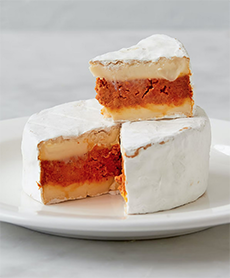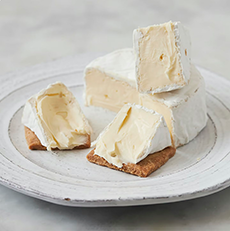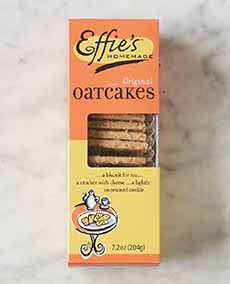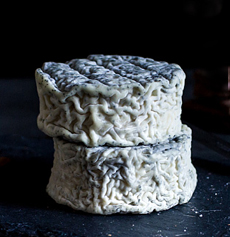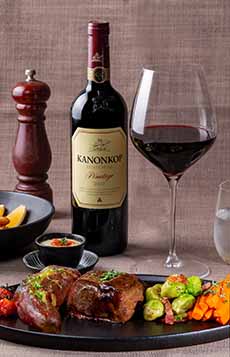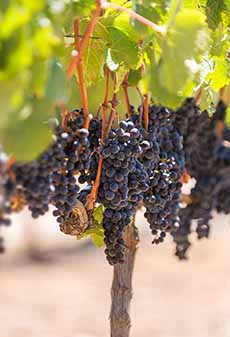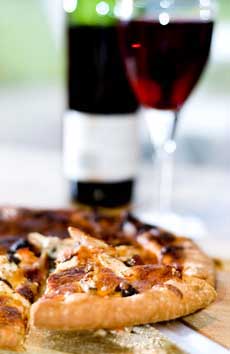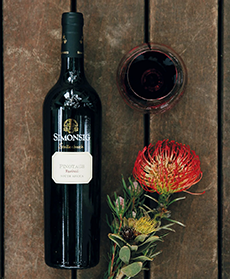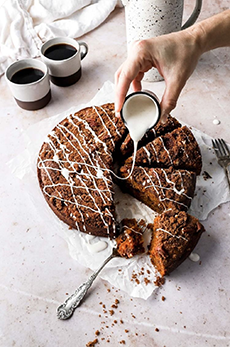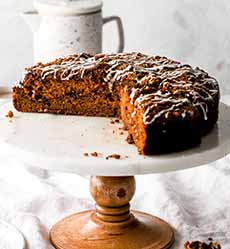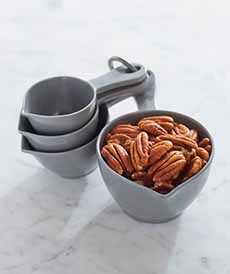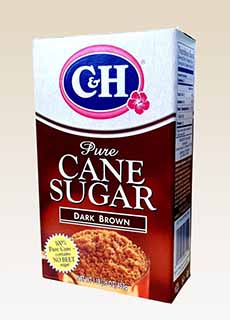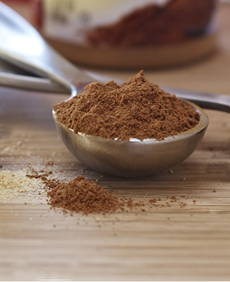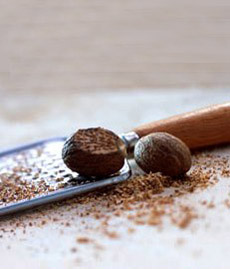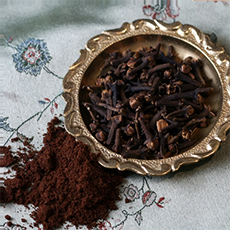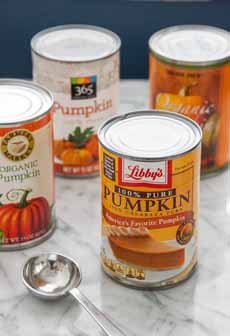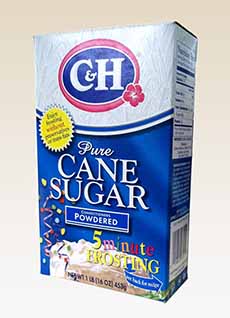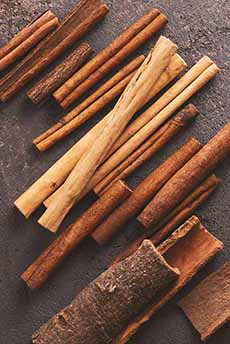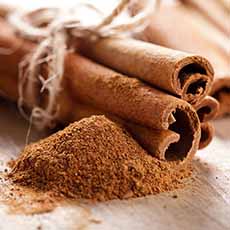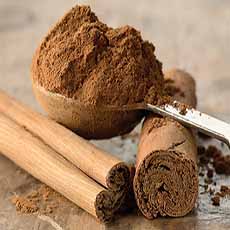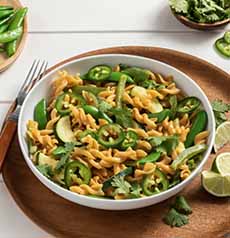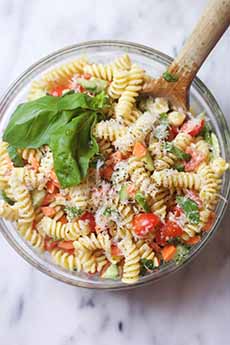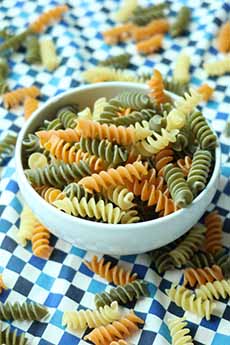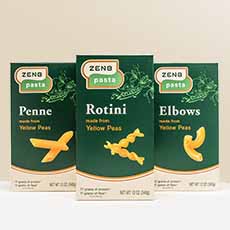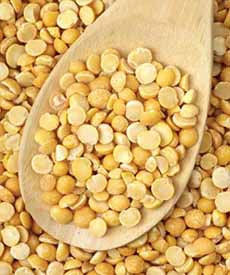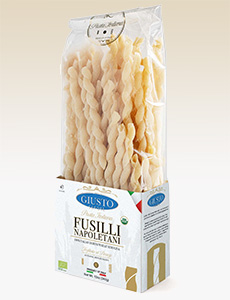|
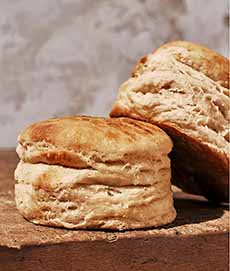
[1] Flaky angel biscuits will have everyone wanting seconds, or thirds (photos #1, #2, and #3 © Crown Publishing).
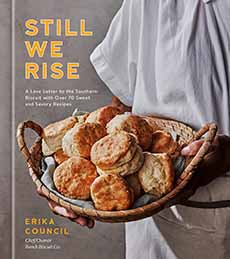
[2] You need a biscuit book! Here’s the link to order.
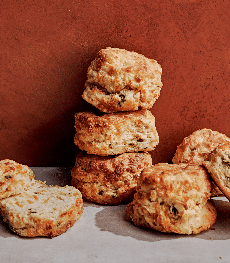
[3] Jalapeño-Cheddar biscuits (photo © McCormick).

[4] Grate a block of sharp cheddar (photo © Szakaly | Panther Media).
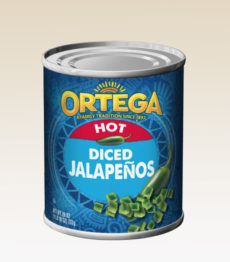
[5] Look for canned jalapeños that are plain, not pickled (photo © Ortega Products).
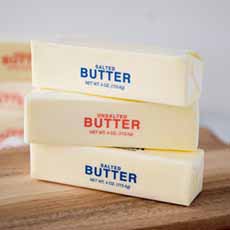
[6] You only need one stick of unsalted butter (photo © Go Bold With Butter).
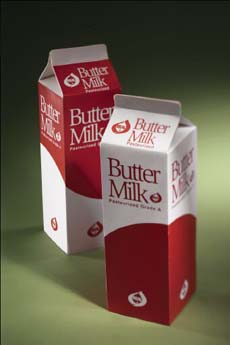
[7] You’ll have a bit of buttermilk left over. Here’s what else you can do with it (© Wisconsin Dairy).
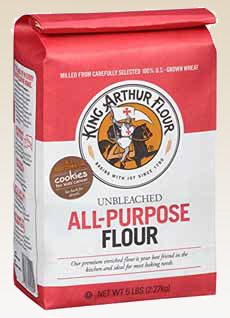
[8] Use all-purpose flour (photo © King Arthur Baking).
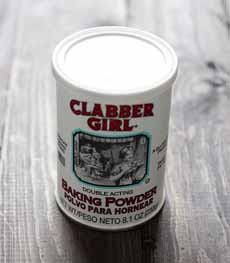
[9] Test your baking powder before beginning to bake. See the footnote† below (photo © Handle The Heat—check the website for great recipes).
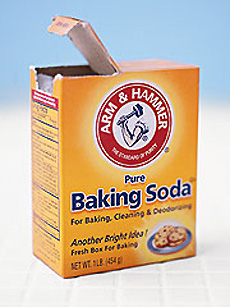
[10] Test your baking soda before beginning to bake. See the footnote‡ below (photo © Arm And Hammer).
|
|
Biscuits have survived some pretty lowly roots to take their rightful place in the kitchens of those of us who crave the light, fluffy, multi-layered, steamy hot, oven-fresh, lightly browned rounds of delight.
By this, we mean homemade biscuits.
You’ll find more than 70 biscuits, both savory and sweet, in the new biscuit cookbook, Still We Rise, A Love Letter to the Southern Biscuit. A review follows.
So even if you’ve gotten by with baking supermarket biscuits-from-a-tube, give homemade biscuits a chance.
> Make delicious Jalapeño Cheddar Biscuits with the recipe below.
> The history of biscuits.
> The different types of biscuits.
> Check out all of the “official” biscuit holidays, below.
STILL WE RISE: 70 SWEET & SAVORY BISCUIT RECIPES
Need some help selecting a biscuit to bake? Still We Rise (Clarkson/Potter), from well-known author and Chef/Owner of Atlanta, Georgia-based Bomb Biscuits, Erika Council, has more than 70 recipes for you.
(Bomb Biscuits recently received a Bib Gourmand award from the prestigious Michelin Guide. Bib Gourmand is awarded to restaurants that offer delicious food at a moderate price. Here are the deets.)
Her devotion to what began as a flat disc baked multiple times until rock-hard (“hardtack”) for seafarers to dunk into whatever was at hand through months at sea, revels in biscuits of every sort. Basic Angel, Quick, Buttermilk, Sour Cream, and more.
Ms. Council then moves on to savory biscuits, like the Cheddar-Jalapeño version below, Bacon-Cheddar, Sour Cream and Onion, even Red Curry Basil Biscuits, and sweet biscuits for dessert, including Cinnamon Sugar, and Pecan, Honey Roasted Peach, Afternoon Tea Biscuits with Bourbon Butter to indulge in.
There is also a chapter about favorite spreads like Deviled Ham, Pimento Cheese, and Apple Butter, as well as a cookbook-within-a-cookbook filled with ideas and recipes for biscuit breakfasts, lunches, and brunches that are lusciously beyond the usual fare.
Everything You Need To Know
Ms. Council provides thorough information about how ingredients become biscuits with well-explained chapters about flours, fats, liquids, leavening agents, other essential ingredients, the tools you need (not many), and the science that supports the successful baking of these long-overlooked culinary pleasures.
How-to photos help ensure ideal results for you at home, and while biscuits are always best when just out of the oven, they are freezable, so think about making a few dozen to have at hand for the holidays.
The book is filled with Ms. Council’s store of knowledge—she was born into a family of stellar southern cooks–but the most enjoyable parts are her reminiscences about family and friends, the stories she tells, and her own sparkling charm.
She freely shares the many tips she has discovered along her path to the Bomb. Among the most helpful ones for beginners are:
Don’t use a drinking glass, as some other recipes often suggest, to cut out the dough. Use a two-inch cookie/biscuit cutter instead, and be sure not to twist it while cutting into the dough.
Both the glass and the twisting action will seal the layers at the edges, impeding the action of the leavening agents.
There’s something glorious about the hands-on, sticky, floury process of biscuit making that ends up being a delightful way to spend a nothing-urgent morning.
For Entertaining & Gifting
Nestle a dozen or so in a cloth napkin and add them to your Thanksgiving table. Guests will be adoring.
Speaking of the holidays, consider this book as a gift to those who love baking.
This is a book for people who are much into homemade, people who want to try new things (i.e. biscuits that don’t come out of a can), or who love the romance of the South and its cuisine.
Anyone who tries these recipes will be rewarded with some very tasty morsels.
> Get your copy here.
Here’s a tasty bit to get you started: Erika Council’s Jalapeño Cheddar Biscuits. The recipe follows, but first, some tips:
While almost all of the biscuits in the cookbook are delicious plain or with butter, you can elevate the Jalapeño Cheddar Biscuits:
By serving them with the Deviled Ham Spread, Pimento Cheese Spread, and Tomato Jam recipes in the book.
By swapping them out for some of the ideas in the “Biscuit Breakfast and Lunch” chapter of the book, which consists of biscuit sandwiches. The recipes are for specific biscuits and their combinations, but the Jalapeño Cheddar Biscuits would be just as good with the recipes for Bacon, Fried Green Tomato, Fried Oyster, and Smoked Salmon and Red Onion sandwiches.
They can also be filled with slices of holiday ham and turkey, and are an especially delightful way to use up leftovers.
They can be served for weekend breakfast with sausage patties or links, with or without eggs.
RECIPE: JALAPEÑO-CHEDDAR BISCUITS
Ingredients For 6 to 8 Biscuits
2½ cups all-purpose flour, plus extra for folding and cutting
1 tablespoon baking powder
1 teaspoon kosher salt
½ teaspoon baking soda
1 stick (8 tablespoons) unsalted butter, cold
1 cup (about 4 ounces) shredded sharp Cheddar cheese
4-ounce can diced jalapeños, drained*
1¼ cups full-fat buttermilk, cold
________________
*We used 4 fresh jalapeños, seeded and diced.
Preparation
1. ADJUST the oven rack to the middle position and preheat the oven to 450°F.
2. PLACE the flour, baking powder, salt, and baking soda in a large bowl and whisk to combine.
3. USING the slicing side of a box grater, slice the butter into the flour. Toss the sheets of butter in the flour. Add the cheddar and jalapeños and toss gently to combine. Then lightly work the butter pieces between your fingers or use a pastry cutter to break them up and coat them with flour. Stop when the dough resembles coarse sand and there are still some small visible pieces of butter.
4. ADD the buttermilk and stir gently with a spatula until the dough forms a ball and no dry bits of flour are visible. The dough will be shaggy and sticky.
5. TURN the dough onto a lightly floured surface and lightly dust with flour. With floured hands, pat the dough into a 1/2-inch thick, 11 x 6-inch rectangle. Fold the ends of the rectangle toward the center, one on top of the other, to create a trifold.
6. DUST the top lightly with flour, press out the same size rectangle again, and repeat the folding. Repeat this process a third time. After the third folding, pat the dough to a 1/2-inch thickness.
7. CUT out the biscuits using a floured 3½-inch biscuit cutter. Be careful to press down and do not twist the cutter.
6. PLACE the biscuit rounds 1 inch apart on a parchment-lined baking sheet. Gather the scraps, re-shape them, and pat the dough out to a ½-inch thickness. Cut out as above.
Discard any remaining scraps.
7. BAKE for 15 to 18 minutes, rotating the pan once halfway through, until the tops are golden brown. Serve immediately.
Notes
The author’s stated yield is 6 biscuits, but we got 8 nice ones.
One of the how-to photos shows a strip of leftover dough lying on the baking sheet next to the rounds. We twisted it into a figure 8, which we nibbled on when the biscuits came out of the oven.
In some of the recipes the author says not to re-roll the dough. We don’t know why: It worked for us. Try it.
–Rowann Gilman
BISCUIT HOLIDAYS
May 14th is National Buttermilk Biscuit Day
May 19th is World Baking Day
May 29th is National Biscuit Day
June is National Country Cooking Month
September is National Biscuit Month
September, 2nd week, is National Biscuits and Gravy Week
October 11th is Southern Food Heritage Day
December 14th is National Biscuits & Gravy Day
And For Man’s Best Friend:
February 23rd is National/International Dog Biscuit Day
________________
†To test if your baking powder is still active, spoon 1/2 teaspoon in a bowl and pour 1/4 cup of boiling water over it. If the mixture bubbles, the baking powder is good.
‡An opened box of baking soda peaks at about 6 months. Old baking soda may not produce as much leavening action, so your recipe may not turn out as well. If you’re not sure, buy a new box. Pour the old contents down the drain, where they’ll have a bit of a cleansing boost.
|
